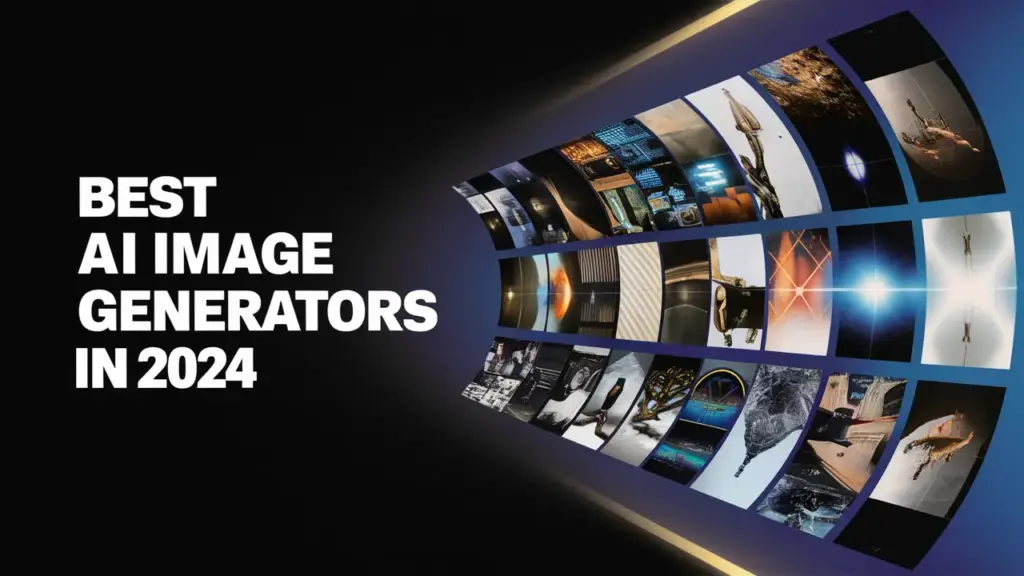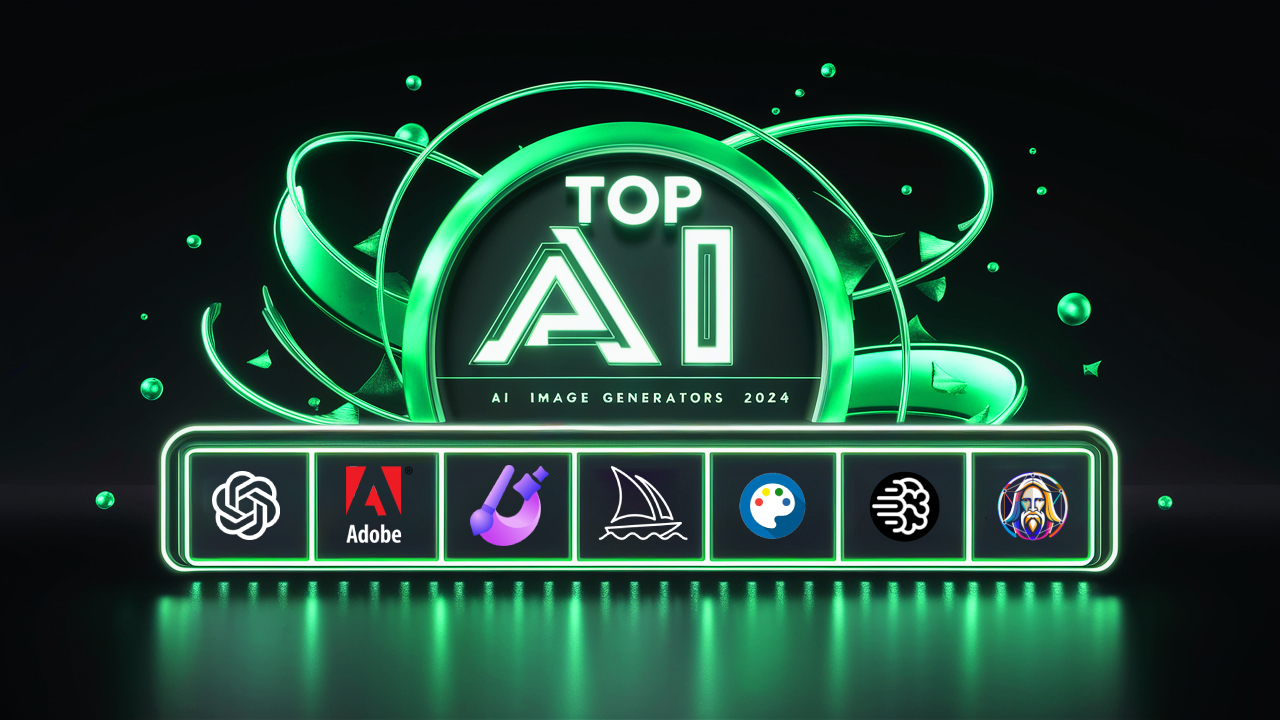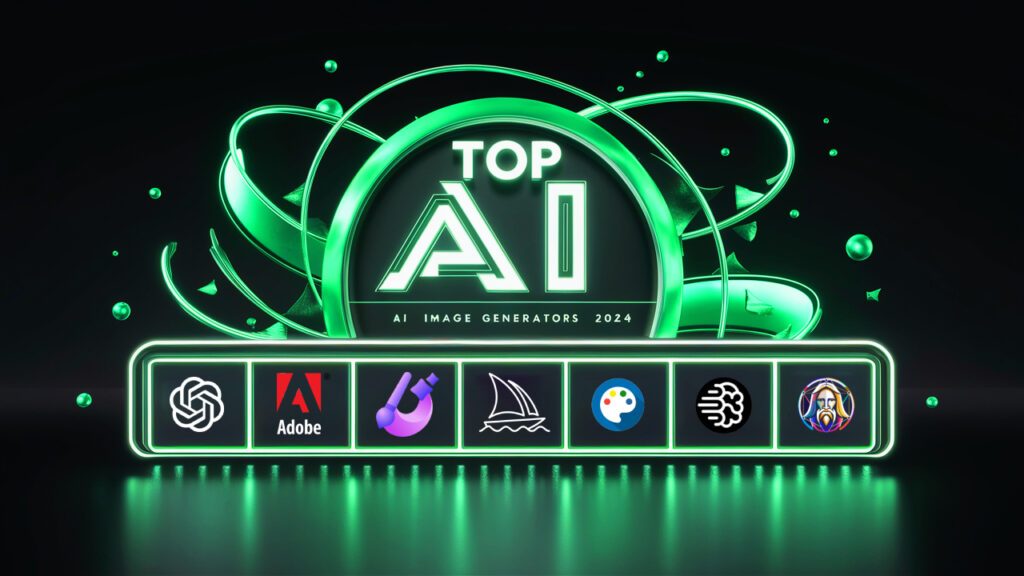AI image generators have transformed the way we create visuals, making it easier than ever to produce stunning images from simple text prompts. As we move into 2024, several platforms stand out for their capabilities, ease of use, and unique features. This article explores the best AI image generators available today, helping you choose the right tool for your creative needs.
In today’s digital age, AI image generators have revolutionized the way we create and manipulate visual content. Whether you’re a professional artist, a marketing expert, or just someone who loves to dabble in creative projects, these tools offer endless possibilities. Let’s dive into the world of AI image generation and explore the top picks for 2024.
What is an AI Image Generator?
An AI image generator is software that utilizes artificial intelligence to create images based on user-provided text inputs. These tools can produce images in various styles, including photorealistic, artistic, and abstract designs. They are widely used for:
- Creating artwork
- Generating marketing materials
- Designing social media content
- Producing illustrations for books and articles
How Do AI Image Generators Work?
Most AI image generators use deep learning algorithms, particularly Generative Adversarial Networks (GANs) or Variational Autoencoders (VAEs). These models analyze large datasets of images to learn patterns and features, allowing them to generate new images that resemble the training data. The process typically involves two neural networks: one generates images, while the other evaluates their quality.
Top AI Image Generators of 2024
Here’s a detailed look at some of the best AI image generators available this year:

1. DALL-E 3 by OpenAI
DALL-E 3 is renowned for its ability to produce high-quality, imaginative images based on text prompts. It excels in creating unique and original content, making it ideal for artists and designers.
Pros:
- Exceptional image quality
- Advanced understanding of nuanced prompts
- Improved ethical filters
Cons:
- Higher cost compared to some competitors
- Can sometimes misinterpret complex requests
2. Midjourney
Midjourney is celebrated for its photorealistic renderings and artistic flair. It operates primarily through Discord, allowing users to share and discuss creations Midjourney has made significant strides with its V6 release, particularly in its ability to generate hyper-realistic images and intricate details.
Pros:
- Hyper-realistic output
- Excellent at capturing textures and materials
- Strong community and inspiration sharing
Cons:
- Steeper learning curve for prompt engineering
- No free tier
3. Adobe Firefly
Adobe Firefly integrates seamlessly with Adobe’s suite of products, allowing users to create images that can be directly incorporated into their designs. It offers robust customization features and is particularly good for artistic styles.
Pros:
- Seamless integration with Adobe Creative Suite
- Focus on commercial-use safety
- User-friendly interface
Cons:
- Requires Adobe subscription
- Less powerful than some standalone tools
4. Stable Diffusion
Stable Diffusion is known for its flexibility and control, allowing users to fine-tune their image generation process. It is an open-source model, making it accessible for developers and tech-savvy users.
Pros:
- Highly customizable
- Can be run locally for privacy
- Large community of developers and users
Cons:
- Requires more technical knowledge to fully utilize
- Image quality can be inconsistent
5. Microsoft Designer’s Image Creator
This tool combines the power of DALL-E 3 with a user-friendly interface, making it a great choice for those looking for a reliable and quick image generation experience.
- Pros: Fast and accurate, integrated with Microsoft tools.
- Cons: Limited to Microsoft ecosystem.
6. Canva AI
Canva’s AI image generator is part of its broader design platform, making it easy to create graphics for various purposes. It uses Stable Diffusion technology to generate images.
- Pros: User-friendly, integrates with design tools.
- Cons: Limited to the capabilities of the Canva platform.
7. Ideogram
Ideogram is excellent for generating images with text, making it ideal for creating posters and marketing materials. It features a “Magic Prompt” tool that enhances user input for better results.
- Pros: Great for text-heavy images, user-friendly.
- Cons: Limited artistic styles.
8. Leonardo AI
Leonardo AI is a Best Highly USe Free AI image generator that is free to use and allows for good limit of prompts. It is great for casual users who want to experiment without a financial commitment.
- Pros: Free, easy to use.
- Cons: Slower image generation, lower quality compared to premium options.
Comparison Chart
| Tool | Image Quality | Ease of Use | Customization | Pricing |
|---|---|---|---|---|
| DALL-E 3 | Excellent | High | Medium | Premium |
| Midjourney V6 | Excellent | Medium | High | Subscription |
| Stable Diffusion XL | Very Good | Low | Very High | Free/Self-hosted |
| Adobe Firefly | Good | Very High | Medium | Adobe Subscription |
| Leonardo AI | Very Good | High | Hight | Free/Premium |
| Microsoft Designer | Good | High | Low | Free/Premium |
| Canva AI | Good | Very High | Medium | Free/Premium |
| Ideogram | Very Good | Medium | High | Free/Premium |
Choosing the Right AI Image Generator
When selecting an AI image generator, consider the following factors:
- Skill Level: Some tools are more user-friendly, while others offer more control for experienced users.
- Integration: Consider how well the tool integrates with your existing workflow and software.
- Budget: Pricing models vary, from free tiers to subscription-based services.
- Output Quality: Different tools excel in different styles and levels of realism.
- Ethical Considerations: Look into how the AI was trained and any measures in place
- Purpose: Identify what you need the images for (e.g., marketing, personal projects, etc.).
- Quality: Look for generators that produce high-resolution and visually appealing images.
- Customization: Ensure the tool allows for sufficient control over the image generation process.
- Cost: Evaluate your budget and consider whether a free option meets your needs or if a paid subscription is justified.
The Future of AI Image Generation
As we look beyond 2024, the future of AI image generation is bright and full of possibilities. We can expect to see:
- Even more realistic and detailed outputs
- Better integration of AI-generated images with traditional design tools
- Increased focus on ethical AI and transparency in image creation
- More specialized tools for specific industries or art styles
- Advancements in video generation and animation using similar technologies
Conclusion
AI image generators have revolutionized the creative landscape, providing tools that cater to a variety of users, from casual creators to professional designers. As technology continues to evolve, these platforms will likely become even more powerful and accessible. Whether you need stunning visuals for a project or simply want to explore your creativity, the options listed above offer something for everyone in 2024
ans as we’ll know AI image generators have become invaluable tools for creatives and businesses alike. As the technology continues to evolve, we’re seeing an exciting blend of art and science that pushes the boundaries of what’s possible in digital imagery. Whether you’re looking to streamline your workflow, explore new creative avenues, or simply experiment with cutting-edge technology, there’s never been a better time to dive into the world of AI image generation.
Remember, while these tools are incredibly powerful, they’re best used as aids to human creativity rather than replacements for it. The most compelling images often come from a collaboration between human imagination and AI capabilities.


